
 Meet the astonishing mola makers (reverse applique). Their molas are a surprising, inventive artistic expression. Mola art digests old myth, new news, and humor with an elegant, dynamic use of design & color. The ubiquitous folk wood sculptures, the Nuchugana, while usually only six to fifteen inches tall are powerful & meaningful. Meet the Cunas: canoe makers, fishermen, & farmers as well as the saylas, chiefs; igar wisids, chanters; ina duleds, medicine men; & neles, shamans. Visit the onmaked negas, gathering houses and the inna nega, chicha (native beer) houses. Listen to storytellers, singers, flute, & pan pipe players.
Meet the astonishing mola makers (reverse applique). Their molas are a surprising, inventive artistic expression. Mola art digests old myth, new news, and humor with an elegant, dynamic use of design & color. The ubiquitous folk wood sculptures, the Nuchugana, while usually only six to fifteen inches tall are powerful & meaningful. Meet the Cunas: canoe makers, fishermen, & farmers as well as the saylas, chiefs; igar wisids, chanters; ina duleds, medicine men; & neles, shamans. Visit the onmaked negas, gathering houses and the inna nega, chicha (native beer) houses. Listen to storytellers, singers, flute, & pan pipe players.Kuna, also known among themselves as the Tule, Native South American group of the Chibchan language family and of Panama. They now inhabit part of the country's northern shore and the neighboring San Blas Archipelago. In former times the Kuna occupied the greater part of the Isthmus of Panama. Cases of hereditary albinism among the Kuna have given rise to legends of white Native Americans.
Sites you might want to check out...
Kuna Yala Mola Gallery (patterns of the blouses they make and sell.)
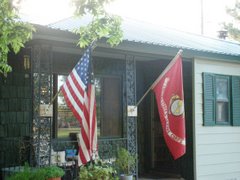
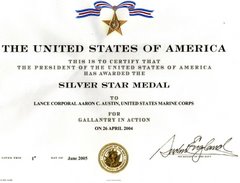
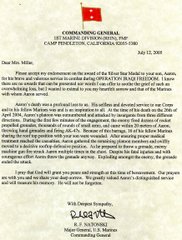
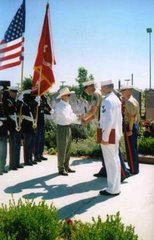


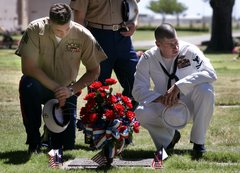

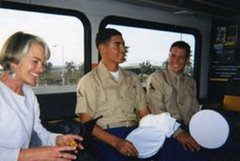

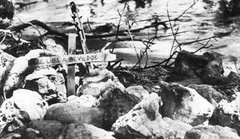


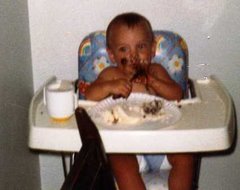

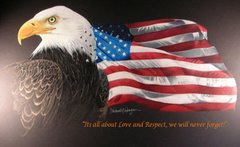
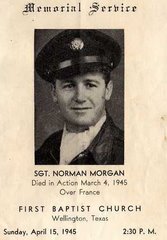
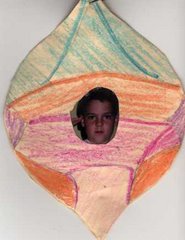

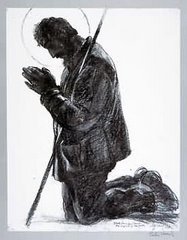
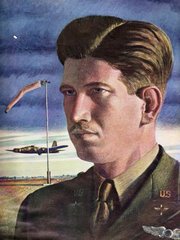
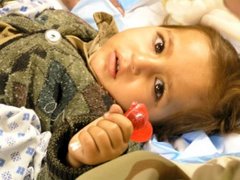
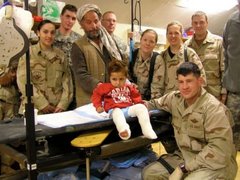
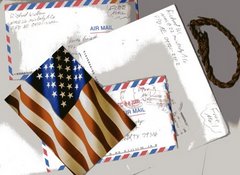

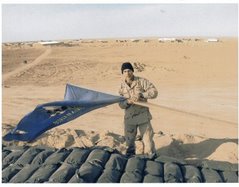


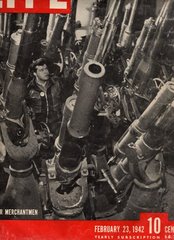
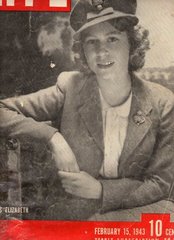

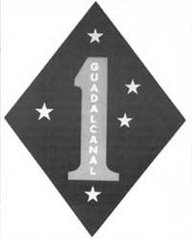
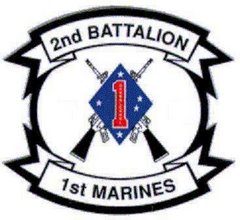


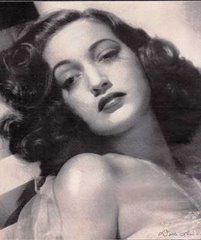

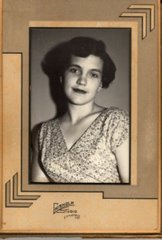
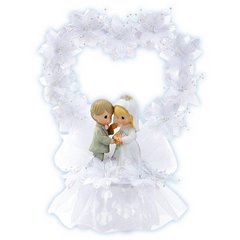
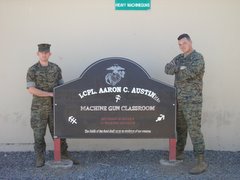

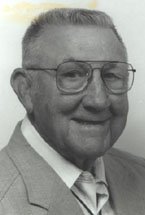


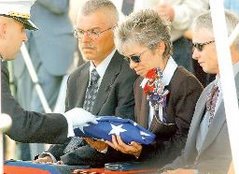


1 comment:
I was just reading some more on this, and those must not be bracelets, but are arm wraps. They also have leg wraps.
Both wraps look miserable.
Post a Comment